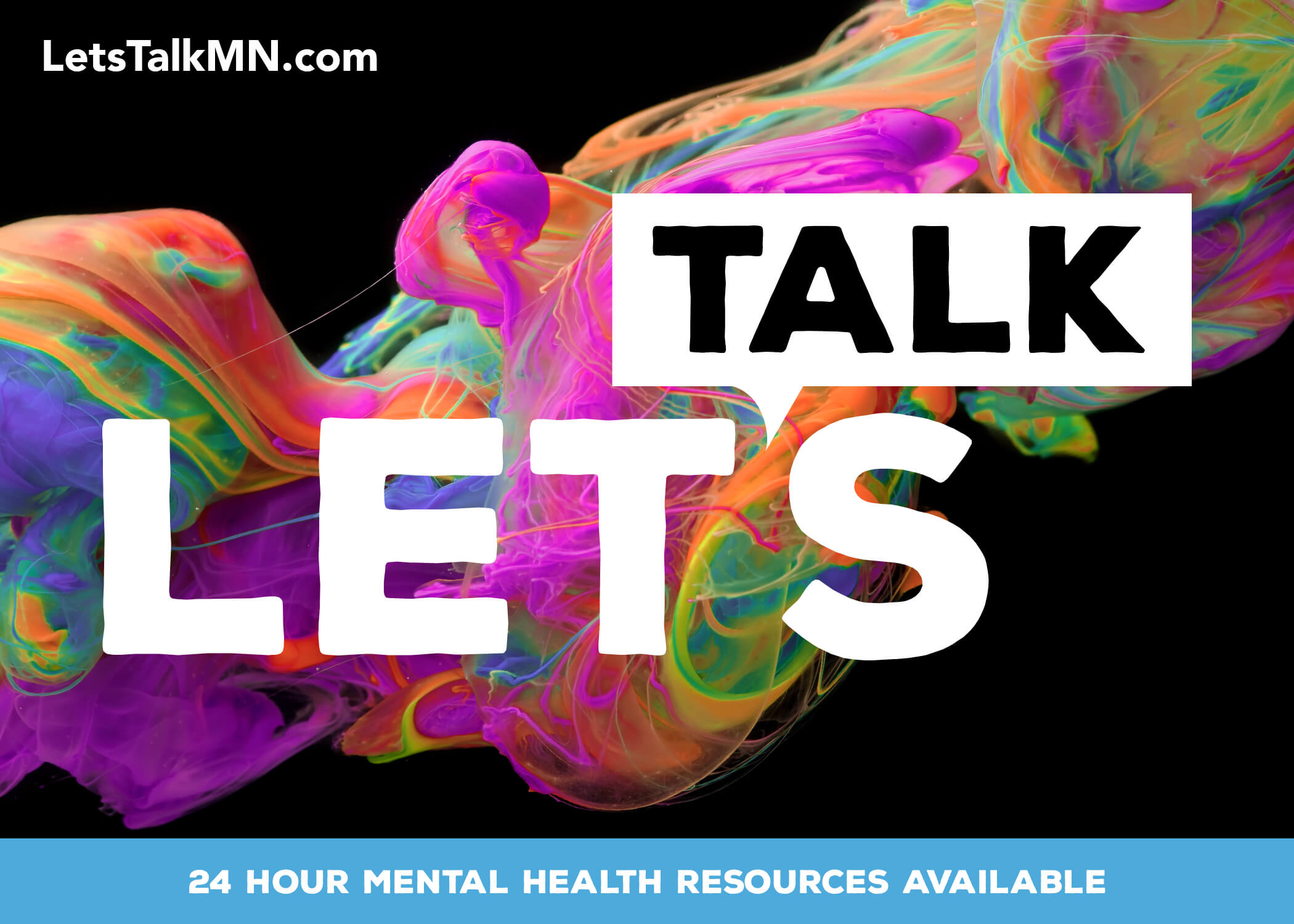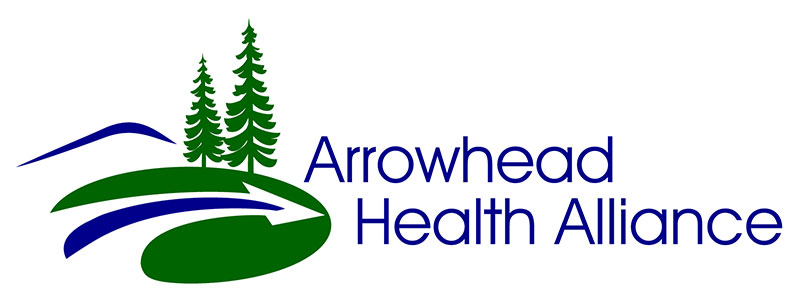
Collaborative Integration in Person Centered Services: Integrated Behavioral Health
Arrowhead Telepresence Coalition
Problem
Provider shortages and transportation barriers reduce access to mental health services for children, adolescents and adults of all ages in rural areas. Individuals experiencing mental health crises are often transported by law enforcement to facilities in distant communities because services are not available locally. Undiagnosed/untreated mental health issues and chemical dependency may result in incarceration, where assessment and treatment may be delayed or unavailable. Limited access to behavioral health services profoundly impacts the lives of residents in the Arrowhead region.
Solution
The Arrowhead Telepresence Coalition is in process of developing an integrated behavioral health network utilizing telepresence connectivity to link community mental health resources with schools, jails, law enforcement, tribal providers and others to improve access to services in northeastern Minnesota. Internet based Telepresence connectivity is made possible through a collaborative agreement between Arrowhead Health Alliance (AHA), Minnesota IT Services (MNIT) and the Minnesota Department of Human Services (DHS). Our Project Charter with DHS and MNIT entitled Collaborative Integration in Person Centered Services: Integrated Behavioral Health was initiated in January of 2016.
Partners
The Arrowhead Telepresence Coalition is a regional collaborative of seven counties, three tribes, community mental health providers, crisis response providers, health care providers, jails, schools, MNIT and DHS. Coalition partners are using telepresence technology to provide behavioral health services to non-traditional settings within the region.
Strategies
- Provide access to mobile crisis response services via telepresence to law enforcement personnel and county and tribal health and human service staff to triage and de-escalate crisis situations.
- Integrate behavioral crisis response services into rural hospital emergency rooms.
- Expand access to mental health services and chemical dependency assessors in jails.
- Expand access to mental health crisis stabilization and ongoing care in schools.
- Explore establishing linkages with primary care providers, adolescent treatment centers and juvenile detention centers and aging and disability service providers.
- Explore/Expand behavioral health services to other areas as appropriate.
Technology
Utilizing the DHS Telepresence network, increase in phases from 100 connected Vidyo users in 2016 to 400 by 2018.
Goals
- Improve the immediacy of service delivery/speed of intervention for behavioral health services.
- Promote more effective and collaborative use of limited behavioral health resources across the region.
- Support law enforcement and emergency responders to better assist people experiencing a mental health. crisis, reducing the need for transportation and/or hospitalization for those in crisis.
- Improve access to clinical consultations and expertise for rural health care providers.
- Improve access to behavioral health services for children and adolescents.
Arrowhead Integrated Behavioral Health Network
The Arrowhead Telepresence Coalition is working to develop a network of connections across the region to expand access to services and improve outcomes for clients. As connections are developed and fully utilized, it is anticipated that additional ways to use internet telepresence will be identified. The ATC structure will support and encourage communication between partners and coordination of efforts to maximize the use of available resources, share lessons learned across strategy areas and create an effective, sustainable service delivery models.


